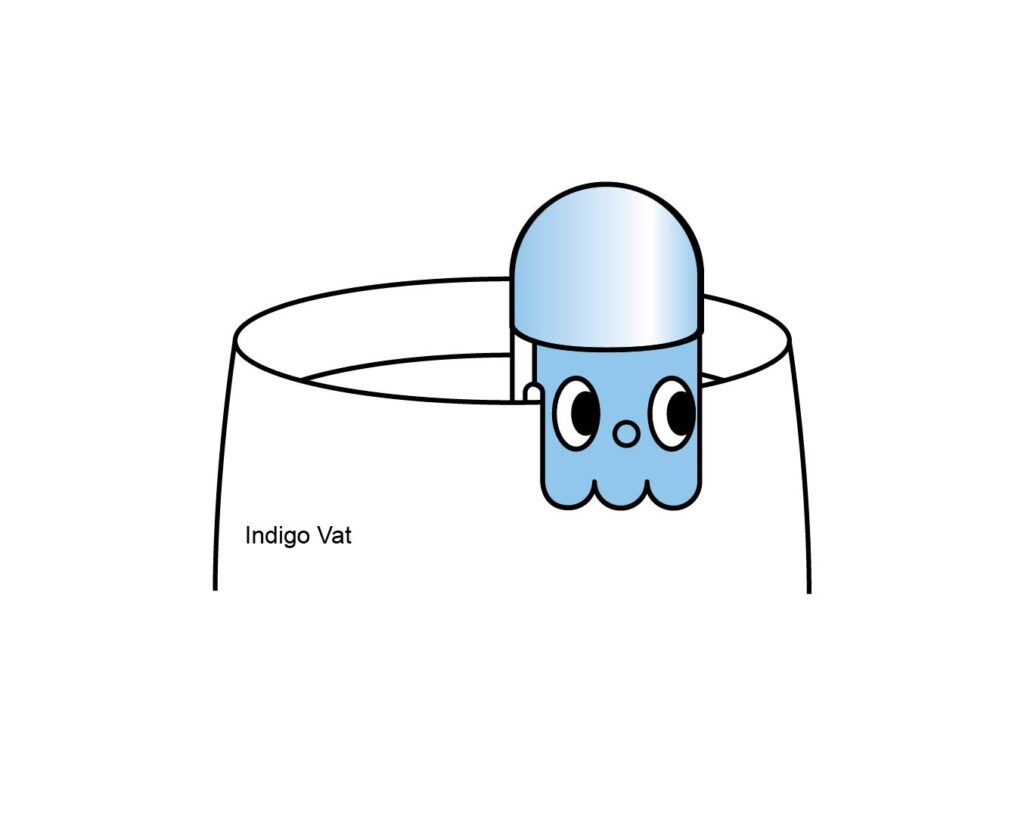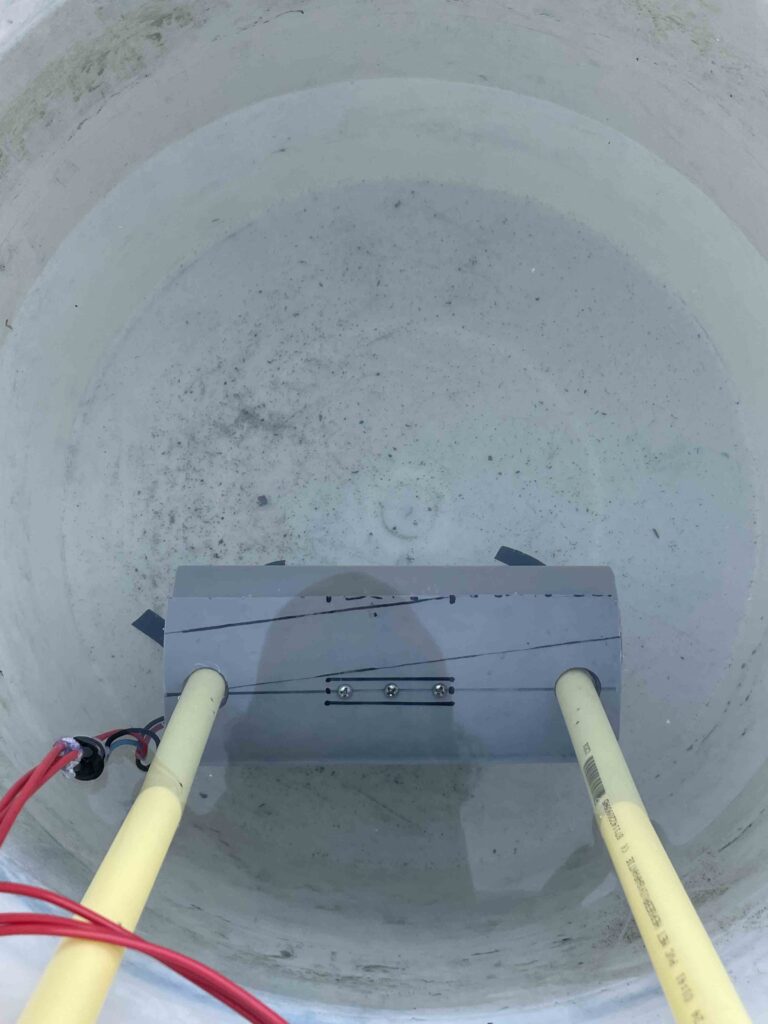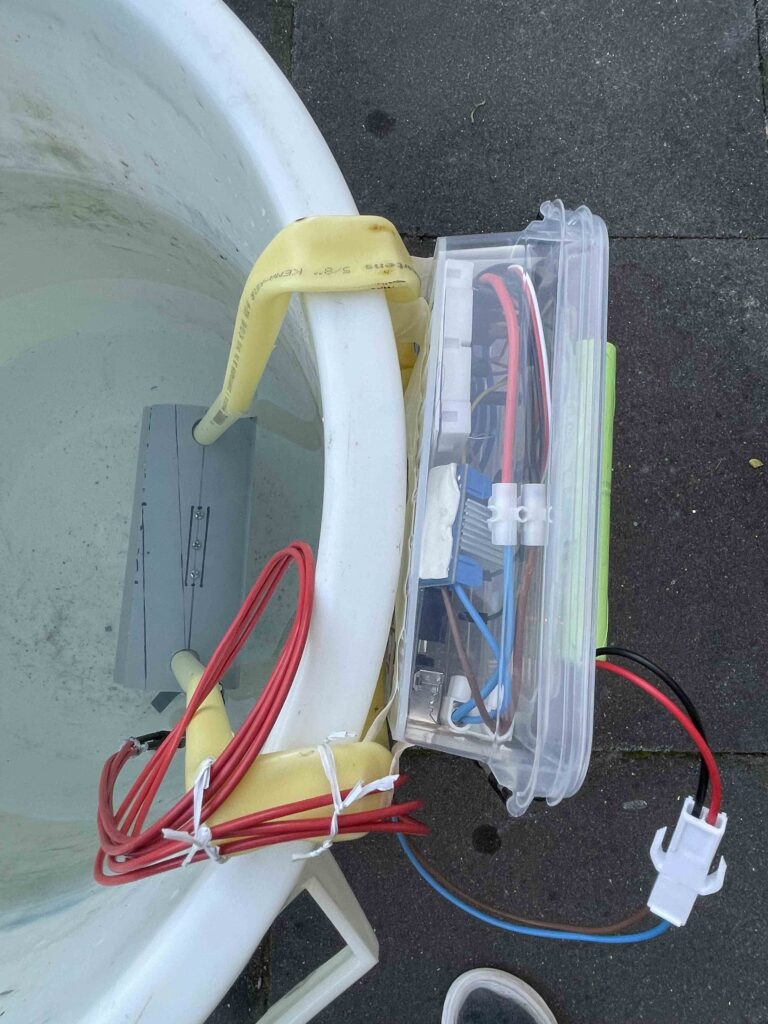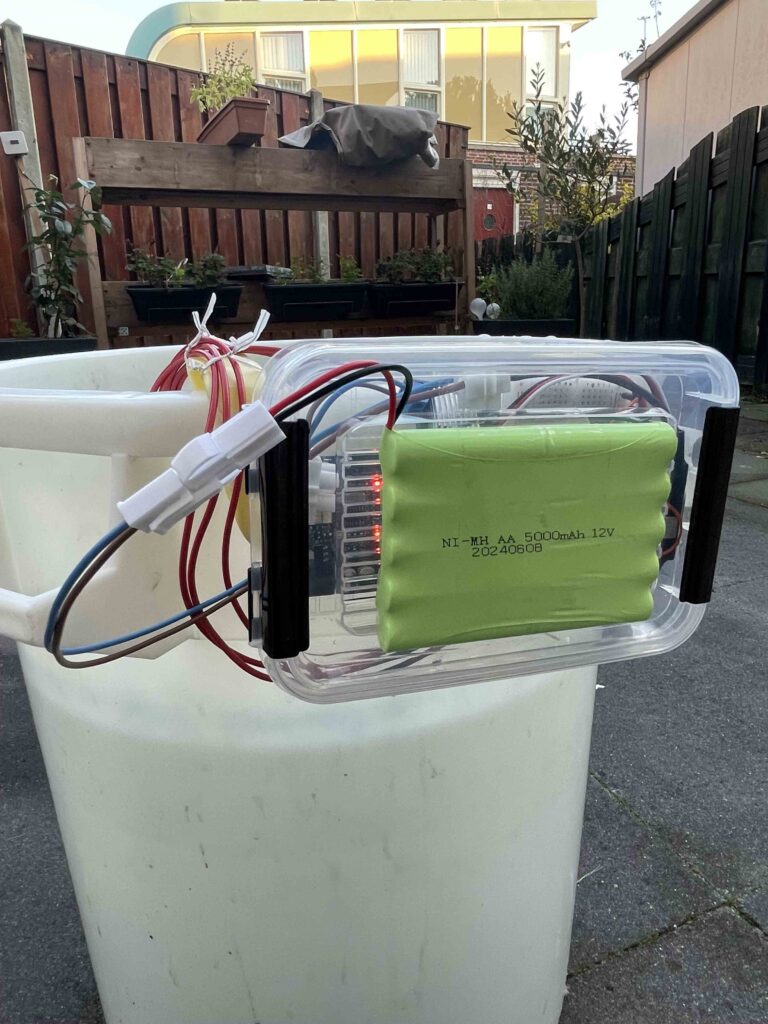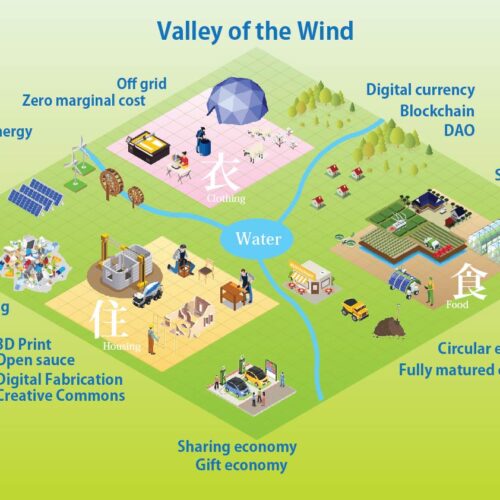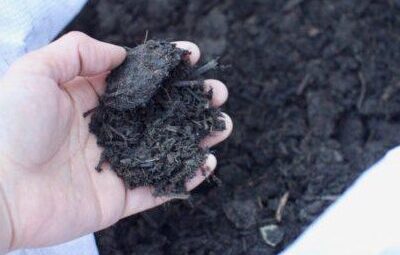The post-fast fashion world can be thought of as three types of manufacturing: using new fiber, using local fibers, and using fabrics that already exist.
This is the matrix of textile production.
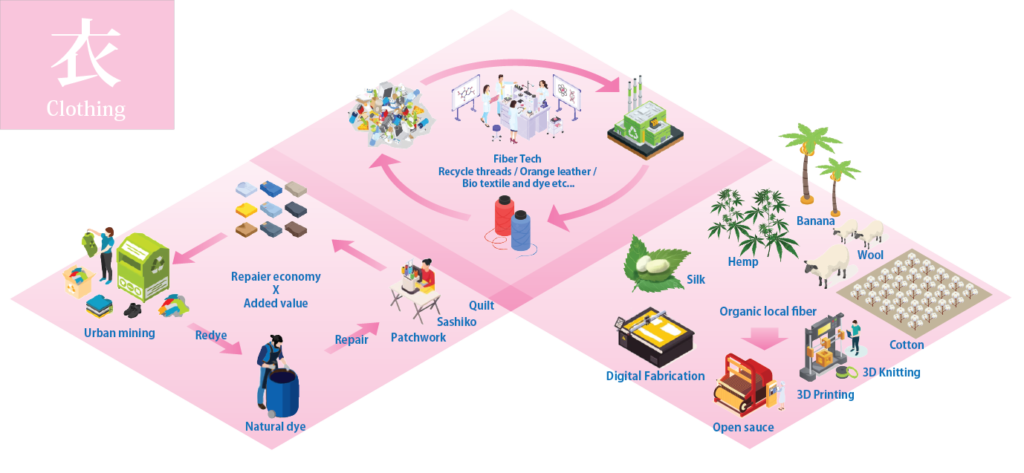
Using new fibers
In the field of mass production, the use of new fibers with ecological technology is expected.
For example, recycle fiber from plastic or used garment, mushroom leather or Bio textile etc….
Using local fibers
Another production method would be to use local materials, such as banana fiber, wool, cotton, silk etc… But this method has limitations for mass production, so it would be locally produced for local consumption.
Using fabrics that already exist.
Using existing fabrics to make our garment is another choice. The fabrics and garments are extremely produced since now, we will reuse these fabrics repairing or customizing by ourself.
For our customisation, we will apply dyeing technique with natural indigo.
This is the third matrix which will be our production.
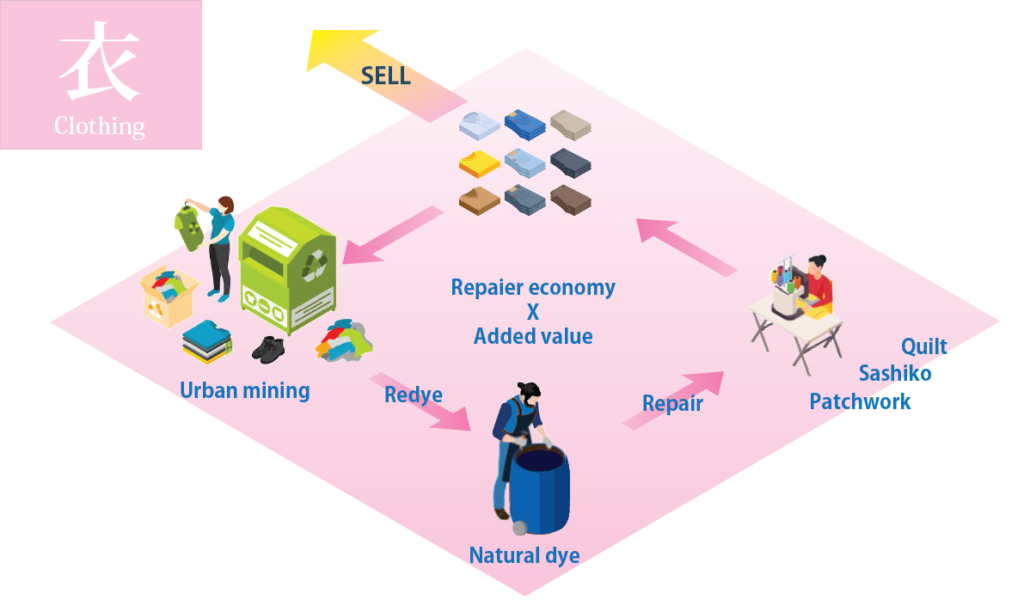
We propose a repair economy which will be used for long term repairing and re-dyeing garments that you already have. In this way we can also add value into the product by modifying and customizing. The more you customize, the more you add value on your garments. Obviously designers and artists will be required for these productions.
These techniques are probably useful for this project like, Sashiko which is Japanese patchwork, Quilt and other repairing techniques.
This is our proposal for indigo production.
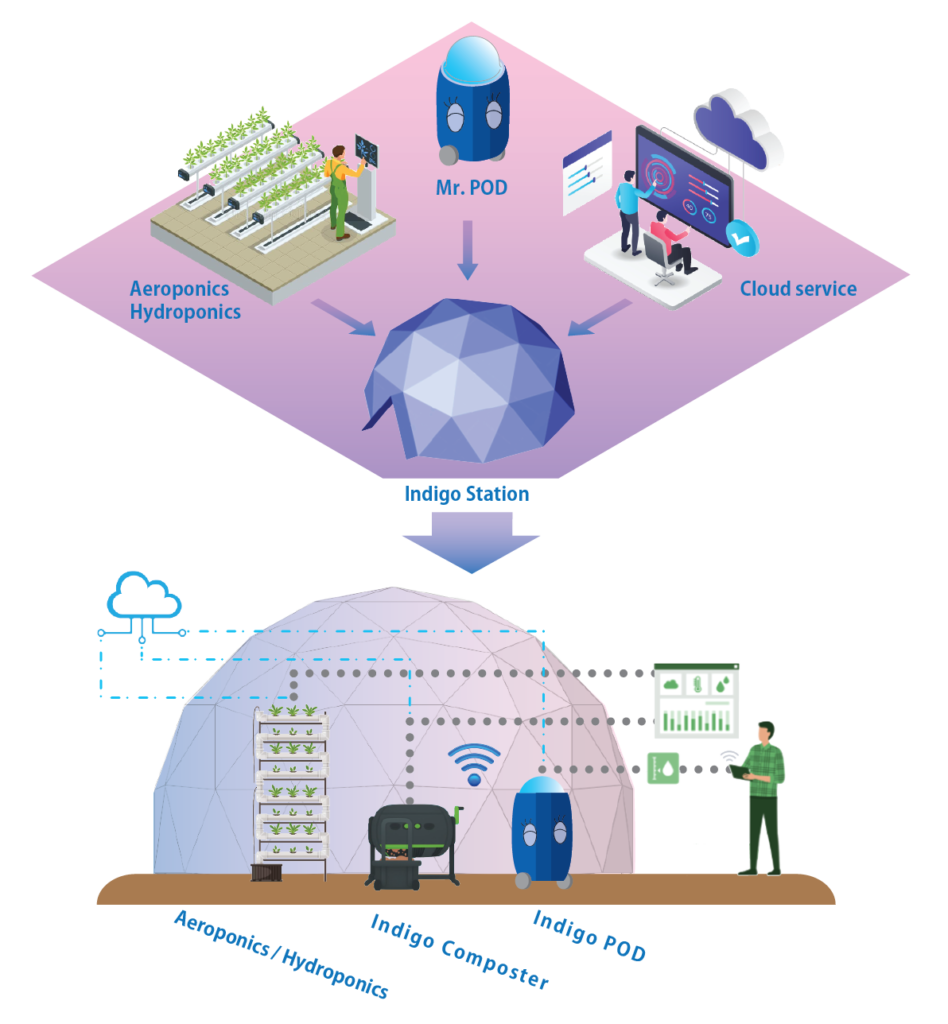
Why indigo?
We believe that Japanese indigo, Persicaria Tinctoria, is an easy fit for this project because of its characteristics. Japanese indigo is easy to grow under any conditions and can be mass-produced.
Unlike other indigo-containing plants, it can be grown Hydroponics or Aeroponics, and is not so sensitive to climatic conditions.
Indigo Station
In the production of indigo, we propose an indigo station that can be used at any time to dye your fabrics.
Indigo is grown either hydroponically or hydroponically in a greenhouse where temperature and humidity can be controlled. With this method, indigo can be harvested all year round without spending the entire summer harvesting, as Japanese farmers do, and without requiring a lot of manpower.
Mr.POD (Indigo pod)
We also project Mr.Pod which controls indigo fermentation.
The preparation of indigo color there are many different ways. We are going to apply Japanese traditional indigo preparations like fermentation vat. (SUKUMO VAT)
This method does not require chemical components for indigo reduction, for example, Hydrosulphite, Iron sulfate or Fructose. It requires a bacteria power to create indigo color.
And the duration of the color will be more than one year in spite of one month if chemical components are used. Because bacteria keep growing in the pod and continue to do reduction for long time.
“SUKUMO” Indigo composter
To apply SUKUMO method, indigo leaves need to be fermented like a rip compost. To make it, we are going to apply an electric home composter with which we can produce more easily than the Japanese traditional method.
All instruments will be connected by cloud service and will be controlled and monitored.
Design approach
An indigo management sensor system that uses existing indigo vats.
It can be installed on the edge of the vat and can be retrofitted.
Main components: temperature sensor, PH sensor, ORP sensor, LCD screen, stirring motor, battery
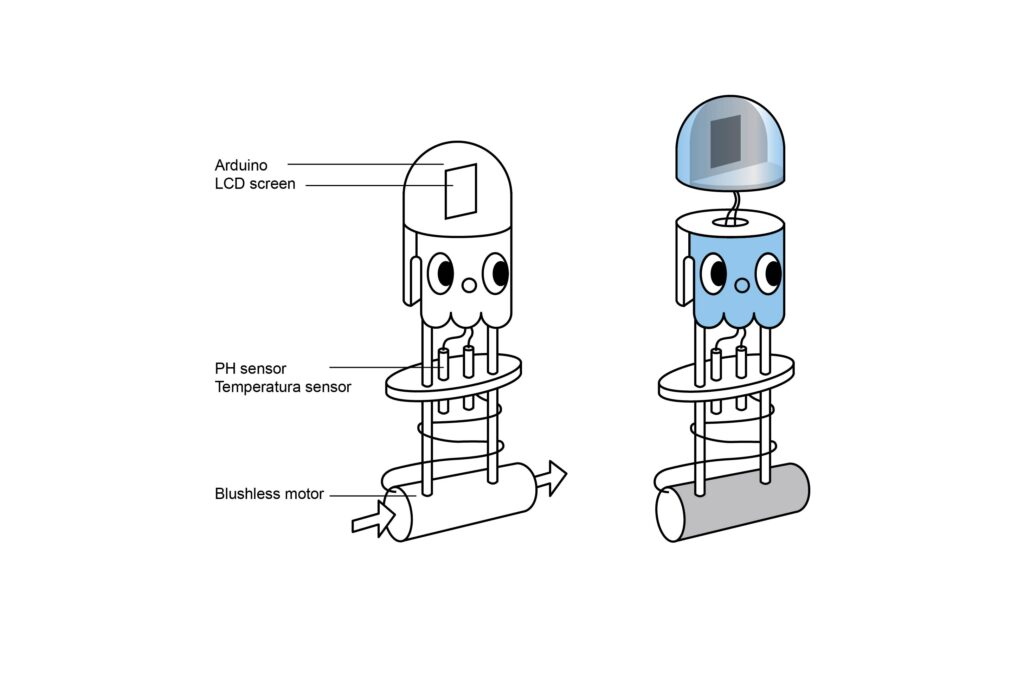
Since it can be disassembled, maintenance is easy.
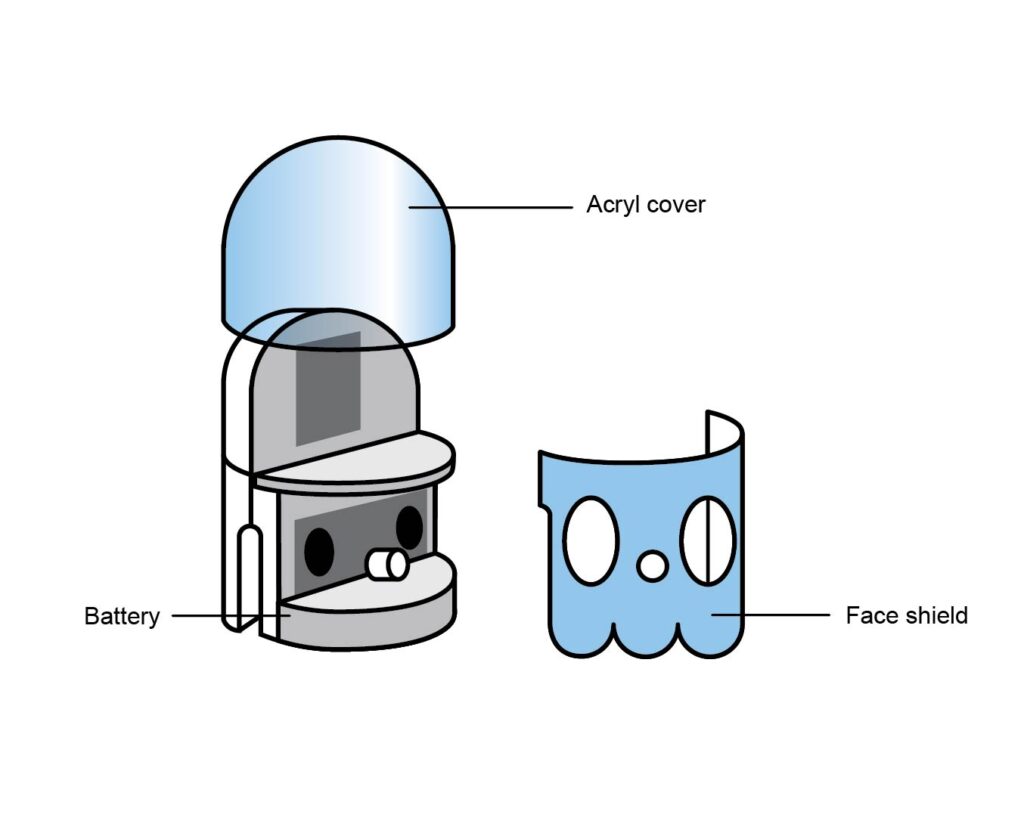
It can be installed on the edge of an existing jar, so it is possible to use the existing jar.
Another advantage is that the initial investment is kept low.
